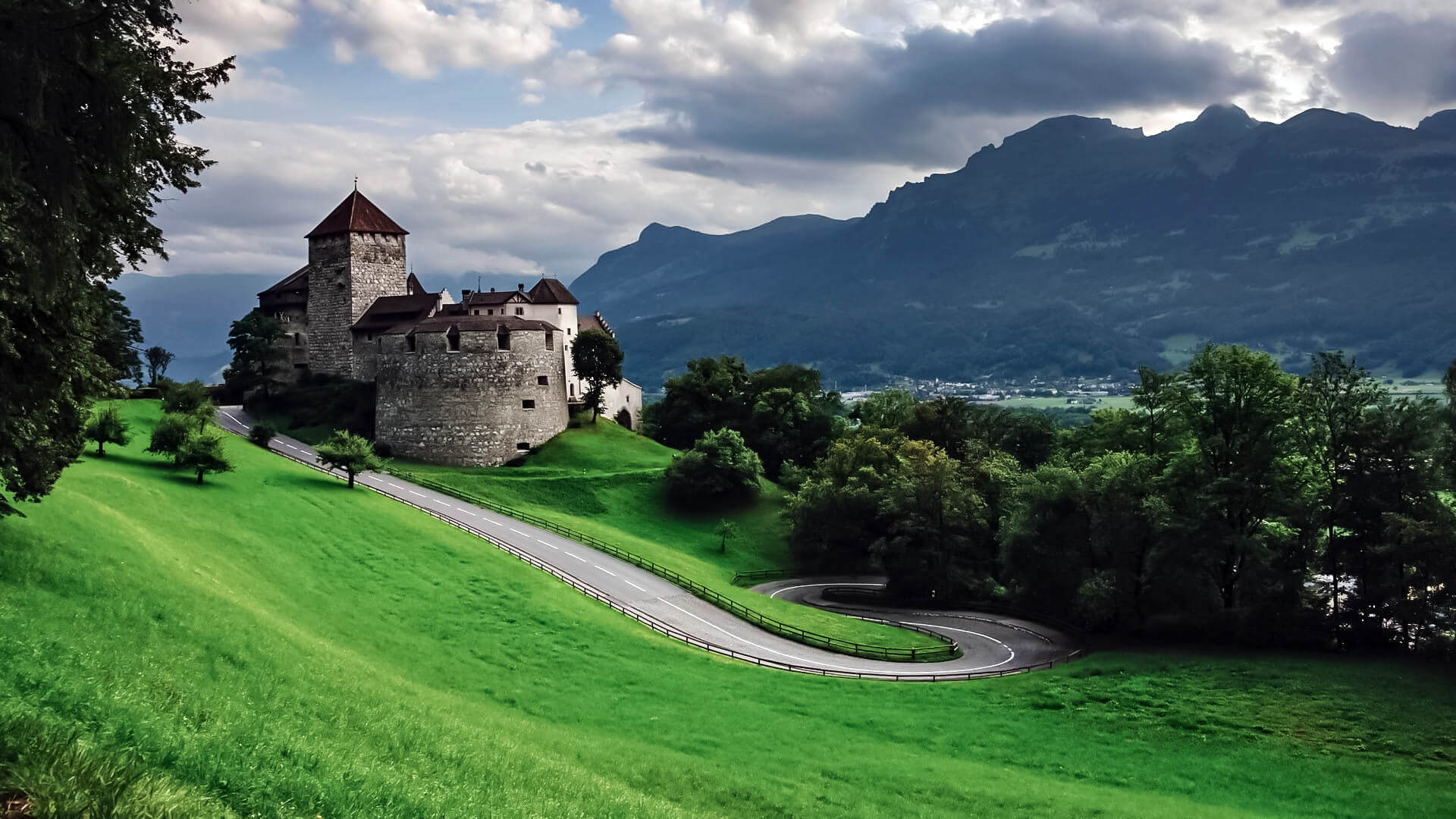Liechtenstein, formally the Principality of Liechtenstein, is a Central European microstate that is doubly landlocked and German-speaking. It is a constitutional monarchy with principality status, presided over by the Prince of Liechtenstein.
Liechtenstein is bounded on the west and south by Switzerland and on the east and north by Austria. It covers an area of little more than 160 square kilometers (62 square miles) and has a population of about 37,000. It is divided into 11 municipalities, with Vaduz as the capital and Schaan as the biggest.
Economically, Liechtenstein has one of the greatest gross domestic products per capita in the world when purchasing power parity is used, and the highest when purchasing power parity is not applied. At 1.5 percent, the unemployment rate is one of the lowest in the world. Liechtenstein was formerly renowned as a billionaire tax haven, but is no longer included on any blacklists of uncooperative tax haven nations.
Liechtenstein is an alpine country with a mostly hilly terrain, making it an ideal winter sports destination. Numerous cultivated fields and small farms may be found both in the south (Oberland, higher land) and in the north (Oberland, lower land) (Unterland, lower land). The nation has a robust financial industry, which is concentrated in Vaduz. Liechtenstein is a member of the European Free Trade Association, and while it is not a member of the European Union, it is a member of both the Schengen and European Economic Areas. Additionally, it is a member of Switzerland’s customs union and monetary union.


